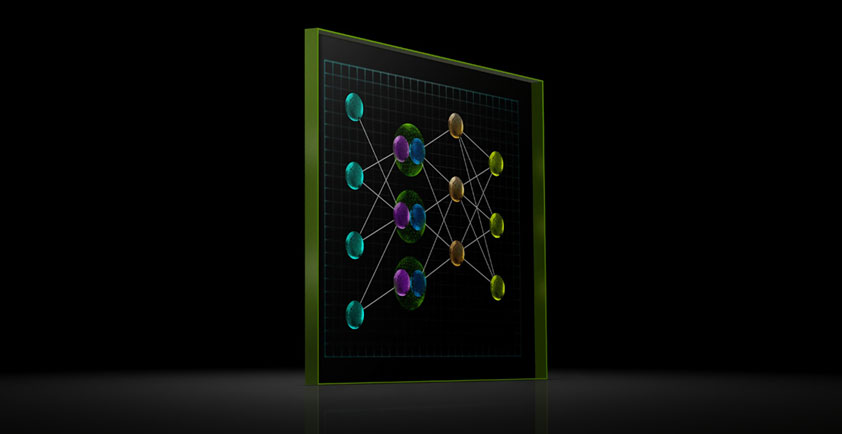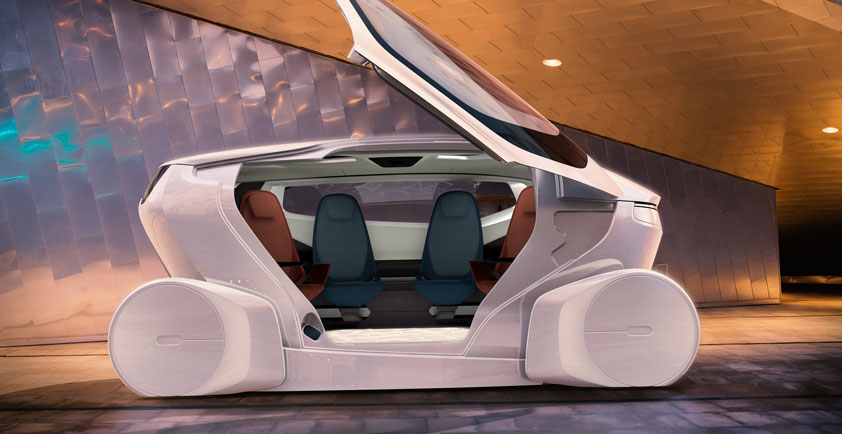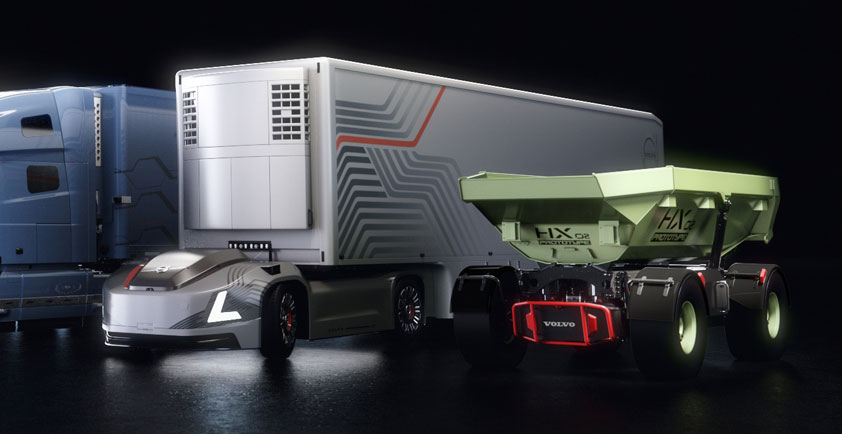

AI IN THE FAST LANE: AUTOMOTIVE TECH ACCELERATES AT GTC 2019
Autonomous vehicles, intelligent cockpits take center stage at the premier AI conference.
From start to finish, this week’s GPU Technology Conference was buzzing with automotive innovation.
Sleek vehicles greeted attendees at the front door of the San Jose Convention Center. Autonomous vehicles lined up for potential future passengers inside the exhibit hall. And self-driving cars seamlessly maneuvered around pedestrians and obstacles on the roads behind the conference hall.
During the GTC keynote, NVIDIA announced Toyota Research Institute-Advanced Development will use the NVIDIA DRIVE platform — from DRIVE Constellation simulation software to the DRIVE AGX Xavier and Pegasus AI supercomputers — to develop, train and validate self-driving vehicles.
At the show, global supplier Clarion demonstrated its long-range autonomous summon technology, running on NVIDIA DRIVE AGX Xavier. Using a smartphone, attendees could call a parked, driverless vehicle to a pick-up spot. Navigating around pedestrians, other vehicles and obstacles on the route, the car smoothly arrived to meet its passengers.
And that was just the start. A wide range of NVIDIA DRIVE partners opened their car doors to GTC attendees to see and experience their AI driving technology. These demos were a cross-section of the various automotive technologies automakers, suppliers and startups that are developing on the NVIDIA DRIVE platform.
An AI for Interior Design
To improve safety and convenience as vehicles develop more and more automated driving capabilities, it’s what’s on the inside that counts.
The Mercedes-Benz User Experience (MBUX) intelligent cockpit is the first system in production vehicles to bring AI to the everyday driving experience. On display in a Mercedes-Benz CLA, the system performed natural language processing and smart search, and displayed crystal clear graphics, all powered by NVIDIA DRIVE.
For next-generation safety, Guardian Optical Technologies demonstrated its in-cabin sensor to detect vehicle passengers. Able to detect life inside a vehicle, the system can send alerts if there is a child or pet left behind in the back seat.
“We are watching AI transform the automotive industry as we know it — one that will be more intelligent and intuitive,” said Guardian CEO Gil Dotan.
Driving Disruption
NVIDIA partners are also developing autonomous driving technology to advance industries such as mobility, delivery and logistics.
Chinese startups WeRide and AutoX announced at GTC they will leverage the NVIDIA DRIVE AGX Pegasus to deliver Level 4 autonomous taxi and delivery services.
“The computing power offered by NVIDIA’s products can perfectly satisfy the computation needs and, together, we open up a whole new world of possibilities and accessibility,” said Jianxiong Xiao, founder of AutoX.
Self-driving software company Torc Robotics showcased its ongoing work to commercialize driverless technology in the near term, improving safety for all road users.
And, autonomous trucking company TuSimple took a significant step toward deploying self-driving technology to mass market fleets for more efficient shipping. The company took the wraps off its automotive-grade camera for reliable night and low-light vision at GTC. Running on the high-performance compute of NVIDIA DRIVE, the sensor is a key component for safe, production-level autonomous trucks.
“This requires a larger flow of information to be processed,” said Xiaodi Hou, TuSimple founder and chief technology officer. “Without having powerful NVIDIA GPUs, we can’t resolve this issue.”
Author: Danny Shapiro - NVIDIA’s Senior Director of Automotive













